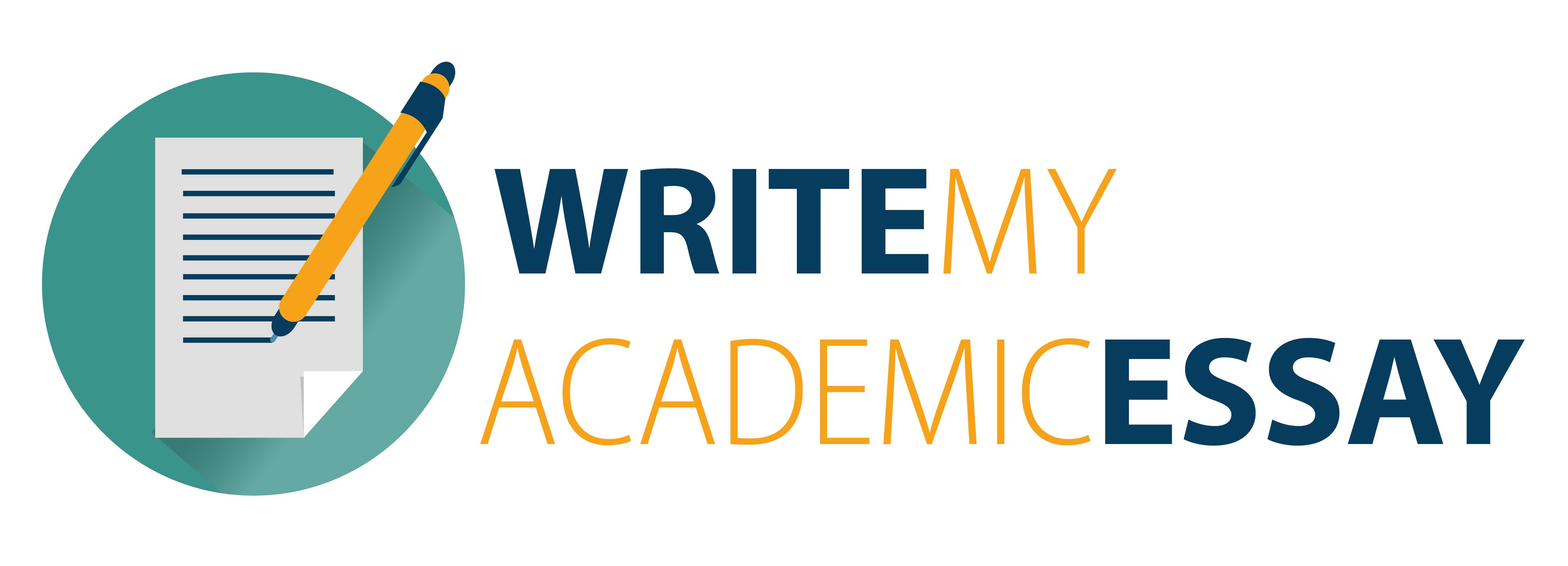Create a multimedia presentation using a Web 2.0 tool.
You have learned about multiple historical, cultural and literary influences in early 20th century America. You have also read several poems which are representative of early 20th century American literature.
Now you will take this information to create a presentation showcasing both of your chosen poems. You should have at least one image for each poem along with text explaining the ways in which the literary works were influenced by the events of the 20th century.
Choose two poems and create a presentation explaining the ways in which the literary works were influenced by the events of this time period.
“Rhapsody on a Windy Night” by T.S. Eliot
“Mending Wall” by Robert Frost
“Stopping by Woods on a Snowy Evening” by Robert Frost
“The River Merchant’s Wife: A Letter” by Ezra Pound
“The Red Wheelbarrow” by William Carlos Williams
“Languages” by Carl Sandburg
“Fog” by Carl Sandburg
Sample Solution
No one teaches the male model this art of suggestion; he learns it on his own. As Ryan put it, âitâs common senseâ, and âeverybody does itâ. It often takes the form of âplaying alongâ; for instance, Ethan passively let a gay client flirt with him at a party. This is the opposite strategy of gay men in other types of womenâs work, such as teachers and nurses, who, in the face of homophobia and pressure to hide their sexual orientation, play up hegemonic masculinity (Williams, 1995). While sexuality and specifically heteronor- mativity are built into norms in most occupations, we see this inverted for male models, and such expectations are built into their workplace encounters and even in leisure spaces such as at parties. Of course, not all male models are heterosexual but, barring just one self-identified gay man of the models in our sample, the men openly declared their heterosexuality dur- ing the interviews, typically without being asked. Indeed, they seemed acutely aware that their work is thought to be âfeminineâ and that they are assumed to be gay, and thus, like this London model, they set the record straight: Most people think models are gay, but not at all, a lot of male models are really big lads, if you know what I mean: they want to go out and get laid and whatever. This is where people misinterpret it. Lots of the bookers and stylists and photographers are the gay ones, itâs not the models. (Gary, 22) During interviews, the majority of the models relied on clichéd performances of het- eronormative masculinity, enacting their sexual desire with declarations that they were in the industry âfor the girlsâ or by describing their girlfriends and sexual relationships. A few models used homophobic comments as a way of positioning themselves as hetero- sexual. These performative enactments enable the model to situate himself on the ârightâ (i.e. normative) side of the sexuality divide. These comments are themselves performa- tive; made to ensure no misconception on our part that they were gay, and to frame the interview as a normative heterosexual encounter. Further, the models sometimes became flirtatious during the interview and with female models in the agency. Indeed, the most common performance by London models was distinctly âladdishâ in style (Gill, 2003): slouchy, jokey, irreverent, including sexual references and jokes. As these examples highlight, heterosexuality and homosexuality are âwornâ on the body, very much like drag, through gestures and behaviour in work interactions.>
No one teaches the male model this art of suggestion; he learns it on his own. As Ryan put it, âitâs common senseâ, and âeverybody does itâ. It often takes the form of âplaying alongâ; for instance, Ethan passively let a gay client flirt with him at a party. This is the opposite strategy of gay men in other types of womenâs work, such as teachers and nurses, who, in the face of homophobia and pressure to hide their sexual orientation, play up hegemonic masculinity (Williams, 1995). While sexuality and specifically heteronor- mativity are built into norms in most occupations, we see this inverted for male models, and such expectations are built into their workplace encounters and even in leisure spaces such as at parties. Of course, not all male models are heterosexual but, barring just one self-identified gay man of the models in our sample, the men openly declared their heterosexuality dur- ing the interviews, typically without being asked. Indeed, they seemed acutely aware that their work is thought to be âfeminineâ and that they are assumed to be gay, and thus, like this London model, they set the record straight: Most people think models are gay, but not at all, a lot of male models are really big lads, if you know what I mean: they want to go out and get laid and whatever. This is where people misinterpret it. Lots of the bookers and stylists and photographers are the gay ones, itâs not the models. (Gary, 22) During interviews, the majority of the models relied on clichéd performances of het- eronormative masculinity, enacting their sexual desire with declarations that they were in the industry âfor the girlsâ or by describing their girlfriends and sexual relationships. A few models used homophobic comments as a way of positioning themselves as hetero- sexual. These performative enactments enable the model to situate himself on the ârightâ (i.e. normative) side of the sexuality divide. These comments are themselves performa- tive; made to ensure no misconception on our part that they were gay, and to frame the interview as a normative heterosexual encounter. Further, the models sometimes became flirtatious during the interview and with female models in the agency. Indeed, the most common performance by London models was distinctly âladdishâ in style (Gill, 2003): slouchy, jokey, irreverent, including sexual references and jokes. As these examples highlight, heterosexuality and homosexuality are âwornâ on the body, very much like drag, through gestures and behaviour in work interactions.>

